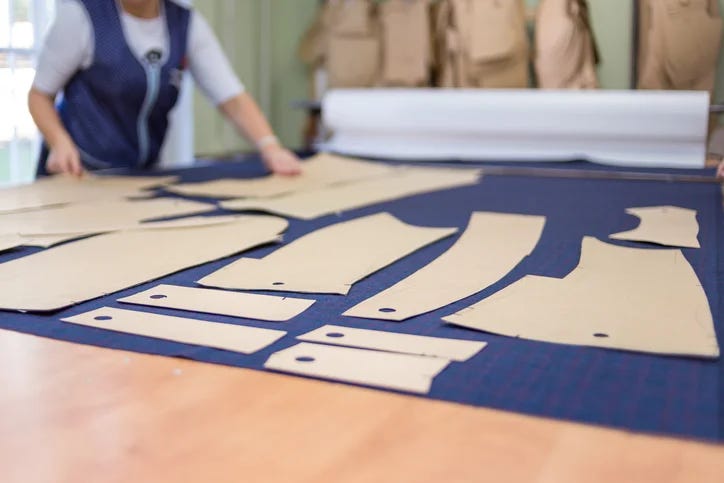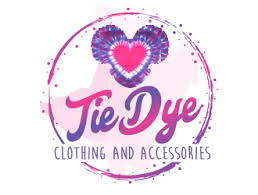This course provides foundational knowledge and practical skills in fashion illustration—the art of visually communicating fashion designs. It combines artistic expression with technical drawing to help students bring garment ideas to life on paper and digital platforms.
Key topics include:
-
Introduction to Fashion Drawing: Tools, materials, and basic techniques
-
Fashion Figure Drawing: Proportions, poses, and movement of the fashion croquis
-
Garment Illustration: Depicting different types of clothing, textures, and fabrics
-
Rendering Techniques: Using pencils, markers, watercolors, and digital tools
-
Color Application and Shading: Creating depth, light, and realistic fabric effects
-
Accessory Illustration: Drawing shoes, bags, and other fashion elements
-
Style and Creativity: Developing a unique illustration style and concept storytelling
-
Portfolio Development: Creating a professional collection of illustrations for presentation
By the end of the course, students will be able to confidently illustrate original fashion concepts and effectively communicate design ideas to clients, manufacturers, or design teams
- Teacher: JW WAITHAKA



